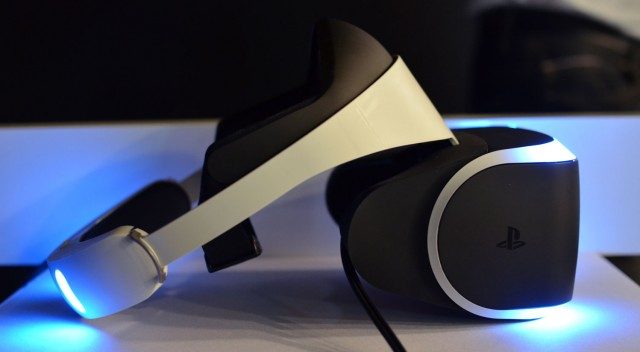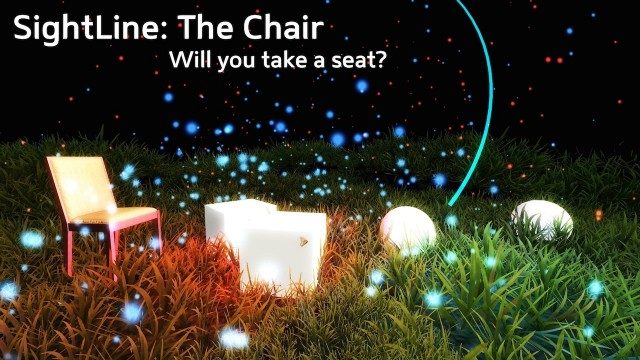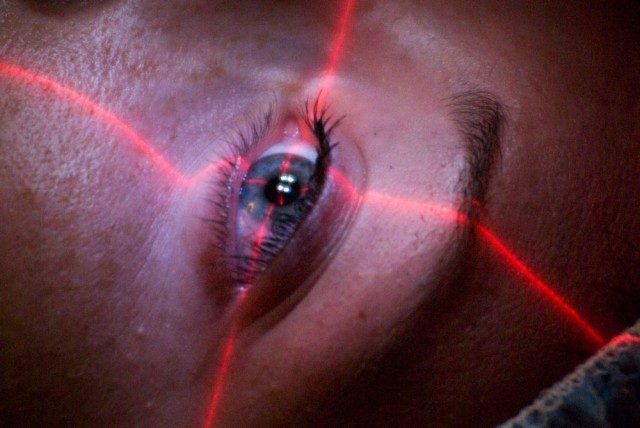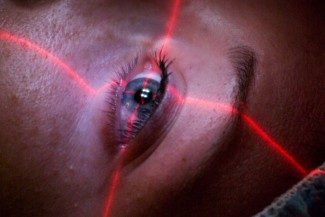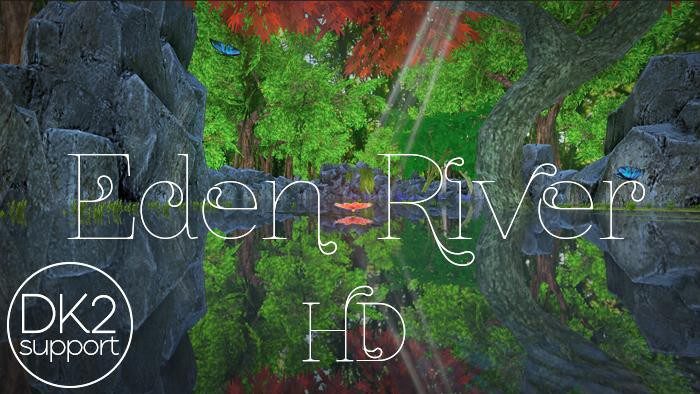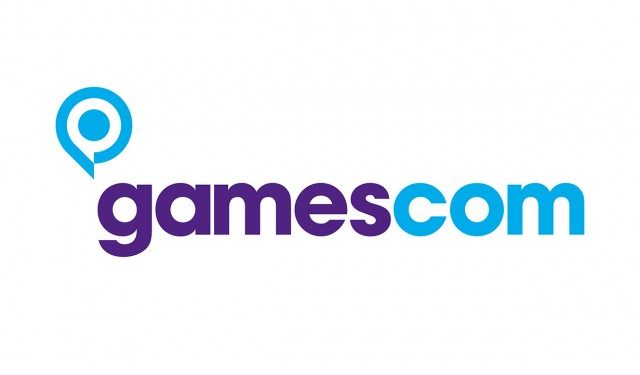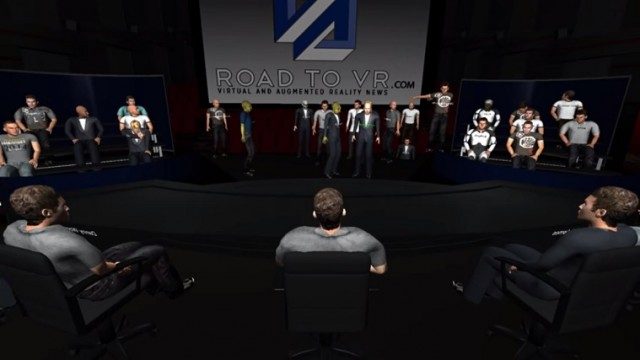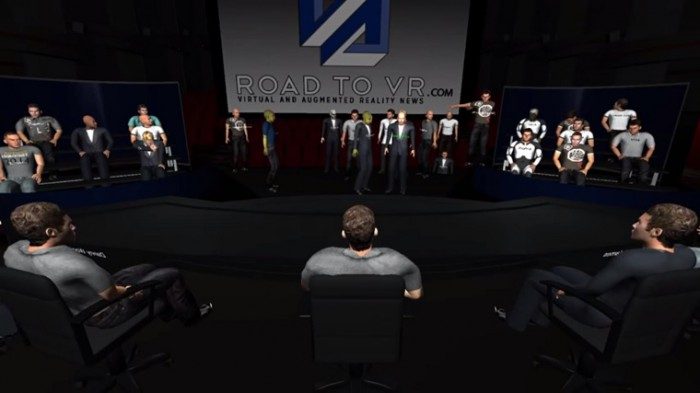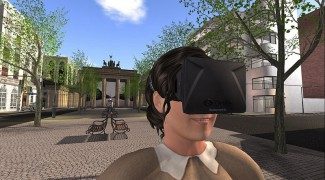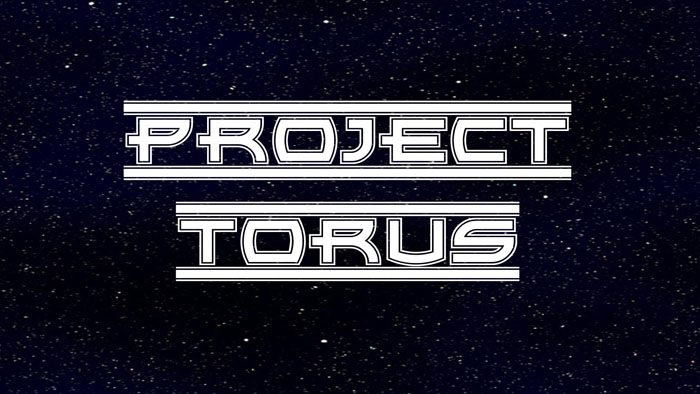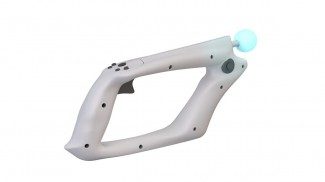See Sony Morpheus, Oculus Rift DK2, Unity 5, and More at VRLA #3 This Weekend in LA
 The third VRLA community VR meetup happens this weekend on Saturday, August 16th. Among some 28 exhibitors, Oculus VR will be on hand to demonstrate the recently released Oculus Rift DK2, alongside Sony who will be present with the Project Morpheus VR headset. Presentations include talks on using Unity 5 and Unreal Engine 4 for virtual reality development. Tickets to the event are still available.
The third VRLA community VR meetup happens this weekend on Saturday, August 16th. Among some 28 exhibitors, Oculus VR will be on hand to demonstrate the recently released Oculus Rift DK2, alongside Sony who will be present with the Project Morpheus VR headset. Presentations include talks on using Unity 5 and Unreal Engine 4 for virtual reality development. Tickets to the event are still available.

